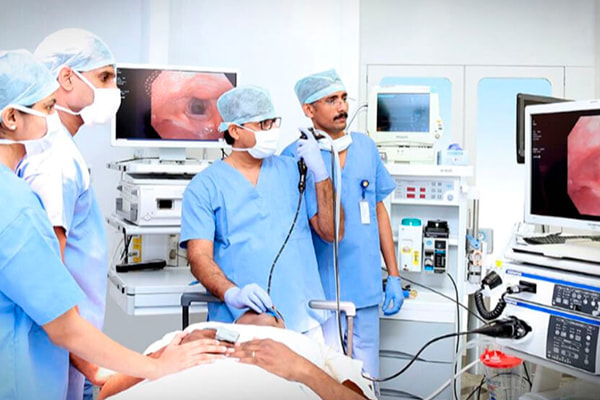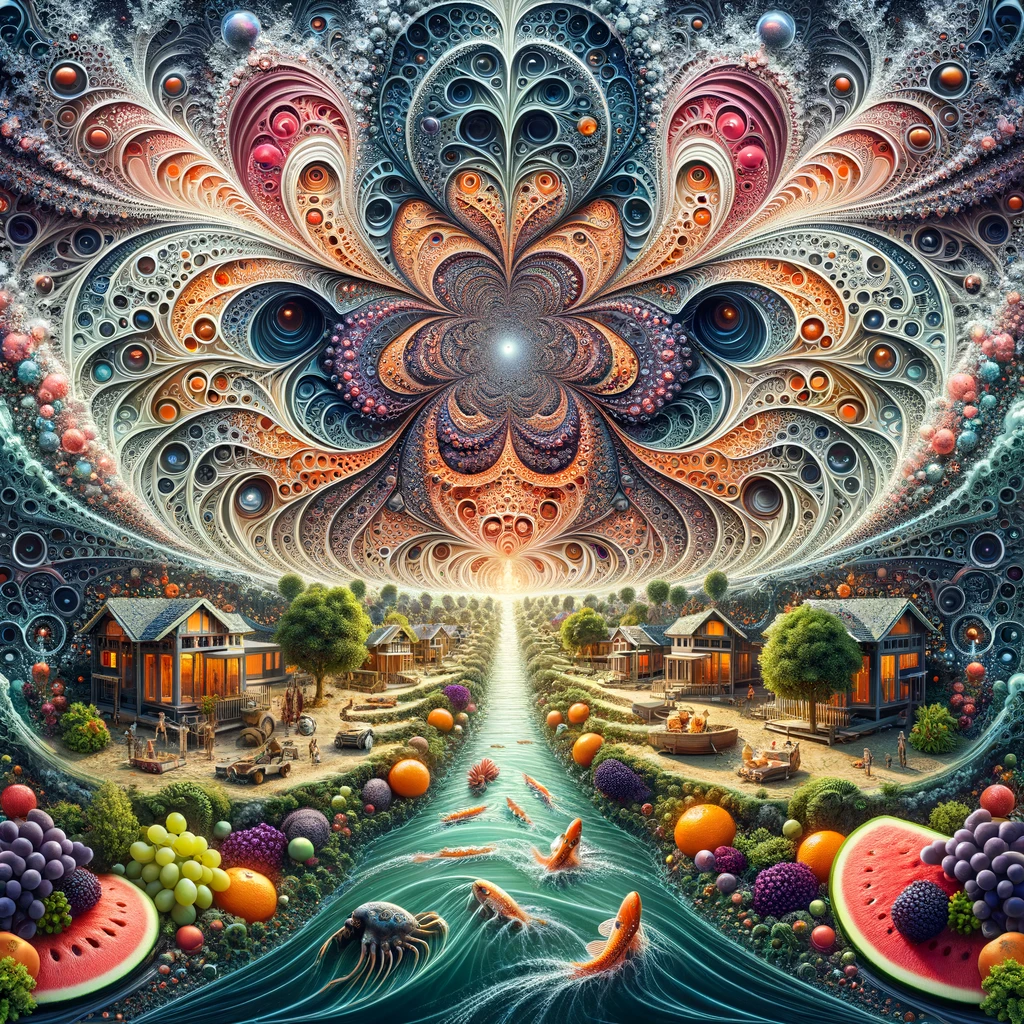What we eat affects how we think and feel, and artificial dyes could be distorting both our perception of food and our mental balance.

Petroleum-derived food colorings are man-made chemicals used to add visual appeal of food, beverages, and even medications. Most are made from petroleum, alcohol rehab las vegas and they appear under names like Allura Red, las vegas luxury drug & alcohol treatment addiction luxury drug & alcohol treatment Tartrazine, and Brilliant Blue.
These dyes are commonly found in:
Candies and cereals
Sodas and juices
Medications
Personal care items
Despite regulatory approval, growing evidence raises questions about their long-term safety.
Mental Health Risks of Synthetic Colorants
Emerging research have linked artificial dyes to mental health issues, especially in people with neurological sensitivity. Symptoms may include:
Emotional reactivity
Hyperactivity and impulsivity
Low frustration tolerance
For people with a history of eating disorders, these effects can be particularly harmful.
The Role of Synthetic Colors in Disordered Eating Cycles
Artificial dyes don’t just disturb focus—they also influence food behavior. People with conditions like:
Anorexia Nervosa
Bulimia Nervosa
Binge Eating Disorder
Compulsive Eating
ARFID (Avoidant/Restrictive Food Intake Disorder)
OSFED (Other Specified Feeding or Eating Disorder)

Why Even Diet Foods Aren’t Always Safe
Many products labeled as “healthy,” “low-fat,” or “sugar-free” still contain artificial dyes. This deceives health-conscious consumers to the food selection process. For someone working toward building a safe relationship with food, encountering synthetic dyes in unexpected places can be damaging.
What You Can Do: Safer Food Choices for Mental Clarity
To support recovery, consider the following:
Read labels carefully for FD&C dyes like Red 40 or Yellow 5.
Choose whole, unprocessed foods with natural ingredients.
Look for brands that use beet juice, turmeric, spirulina, or annatto for color.
Consult with a nutritionist or ED specialist familiar with dye-related sensitivities.
Conclusion: Rethinking the Role of Color in Our Food
Artificial food dyes may be small on the label, but huge in impact. For individuals with eating disorders, they are not a minor ingredient—they can be a barrier to true recovery.


Leave a Reply